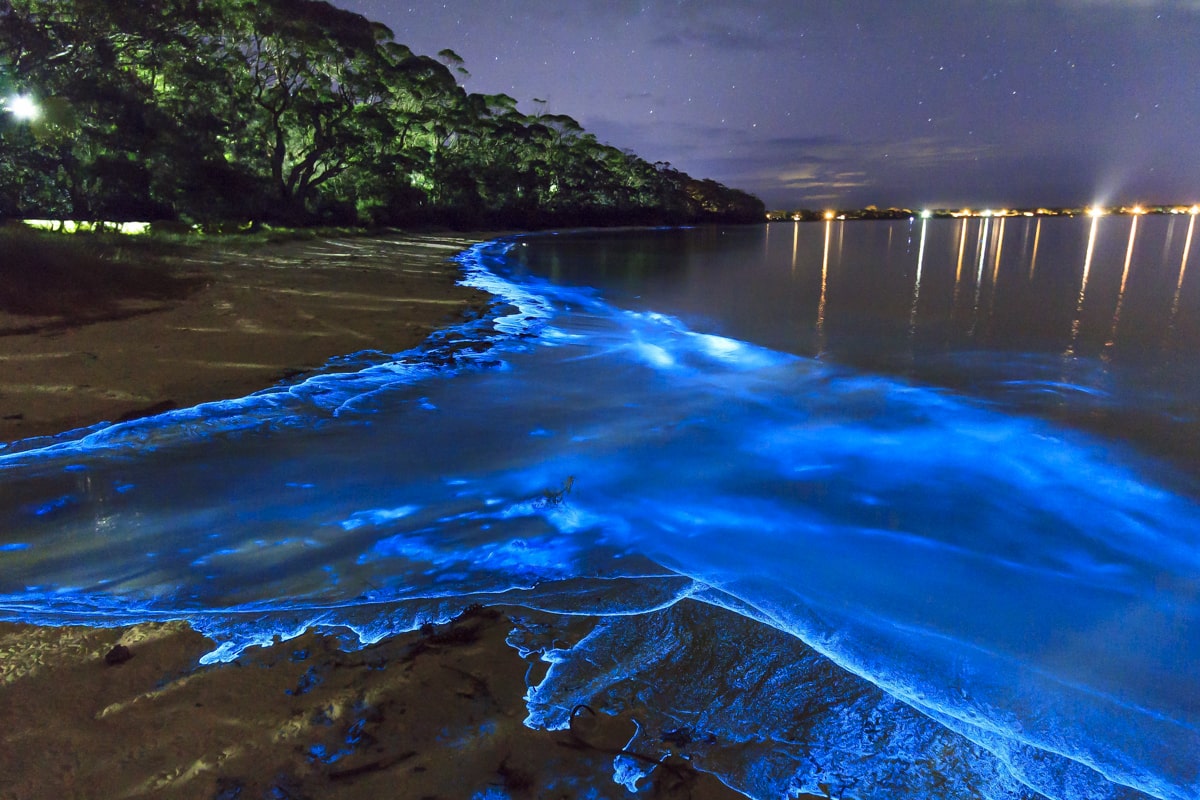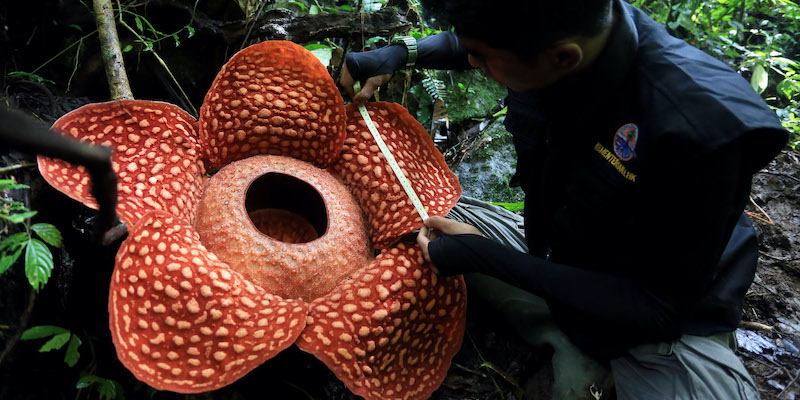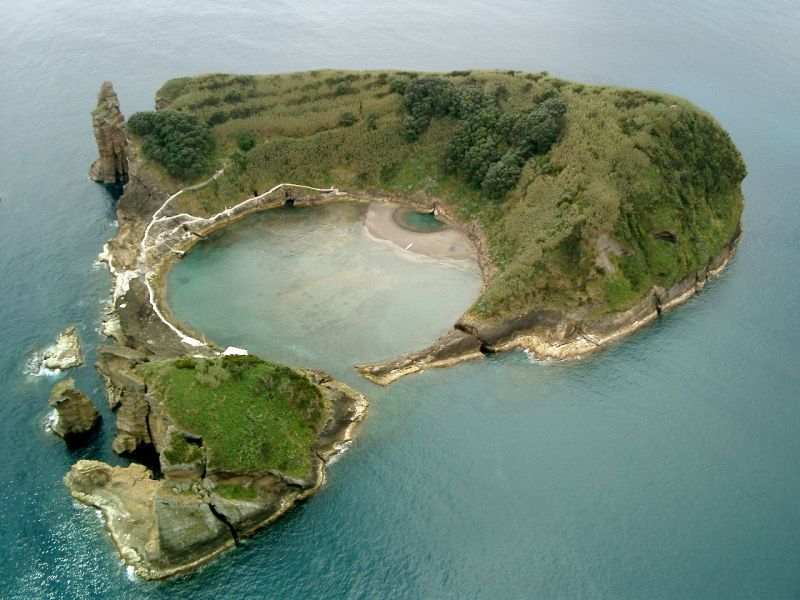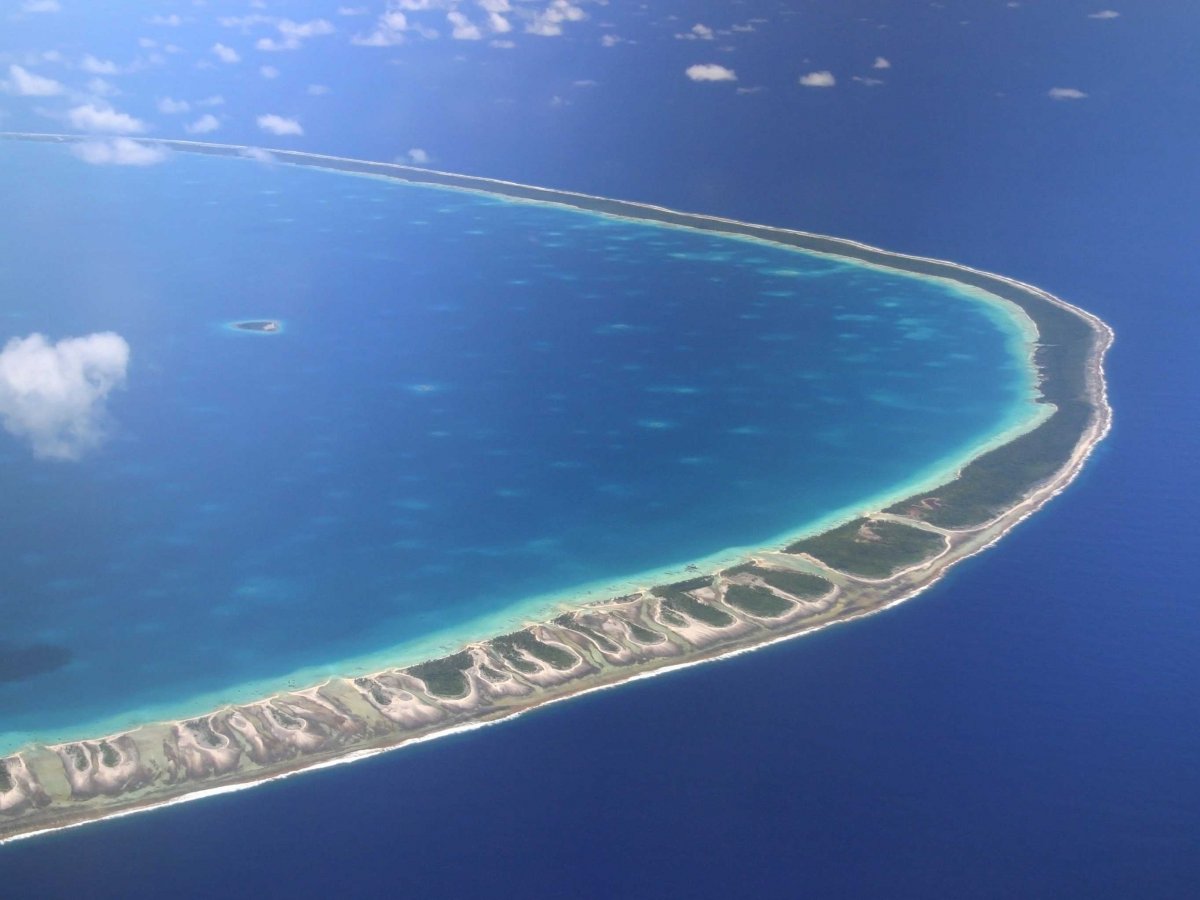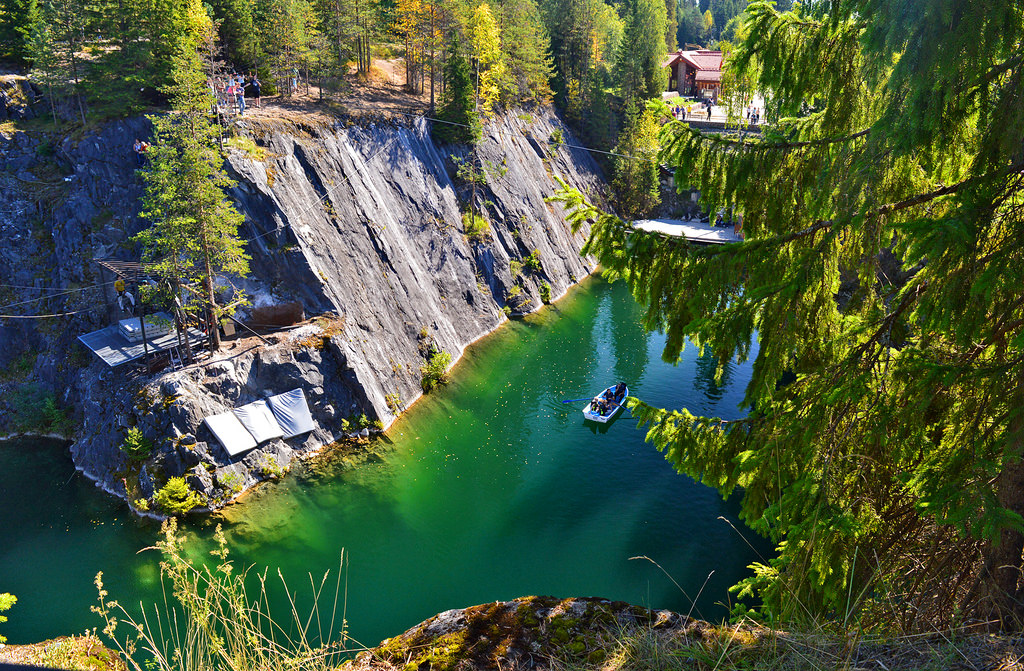The Sea of Stars, a mesmerizing natural phenomenon observed on several beaches around the world, notably on Vaadhoo Island in the Maldives, is a breathtaking sight that draws visitors from all corners of the globe. This spectacle is caused by bioluminescence, a natural chemical reaction that occurs within certain microorganisms when they are disturbed by oxygen.

Bioluminescence is generated by phytoplankton, a type of marine microorganism known as dinoflagellates. When these tiny creatures are agitated by movement in the water—such as waves breaking on a shore or oars stirring the ocean—the chemical reaction within them emits a glowing, blue light. This light can make the water appear as if it’s sprinkled with glittering stars, creating an otherworldly effect on the beaches at night.
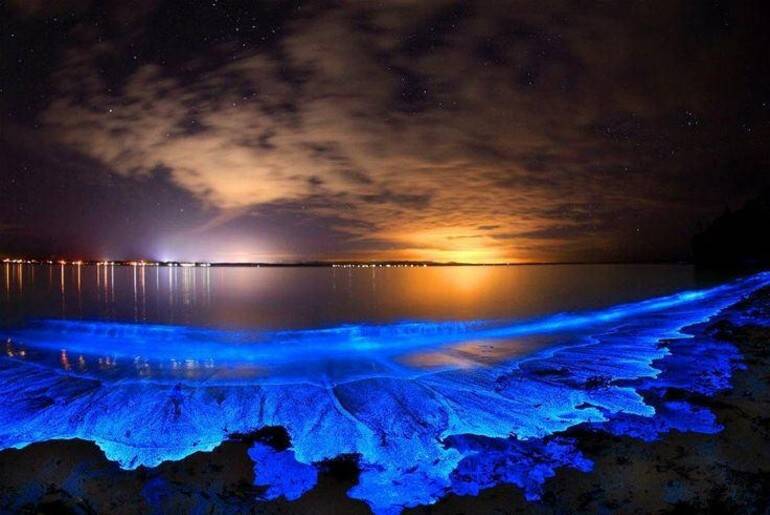
The Sea of Stars phenomenon is not only magical to behold but also highlights the incredible diversity of life forms in our oceans and the unique ways in which they adapt to their environments. Bioluminescence is used by various marine species for attraction, camouflage, or as a defense mechanism to confuse predators, demonstrating the complexity and interconnectivity of marine ecosystems.
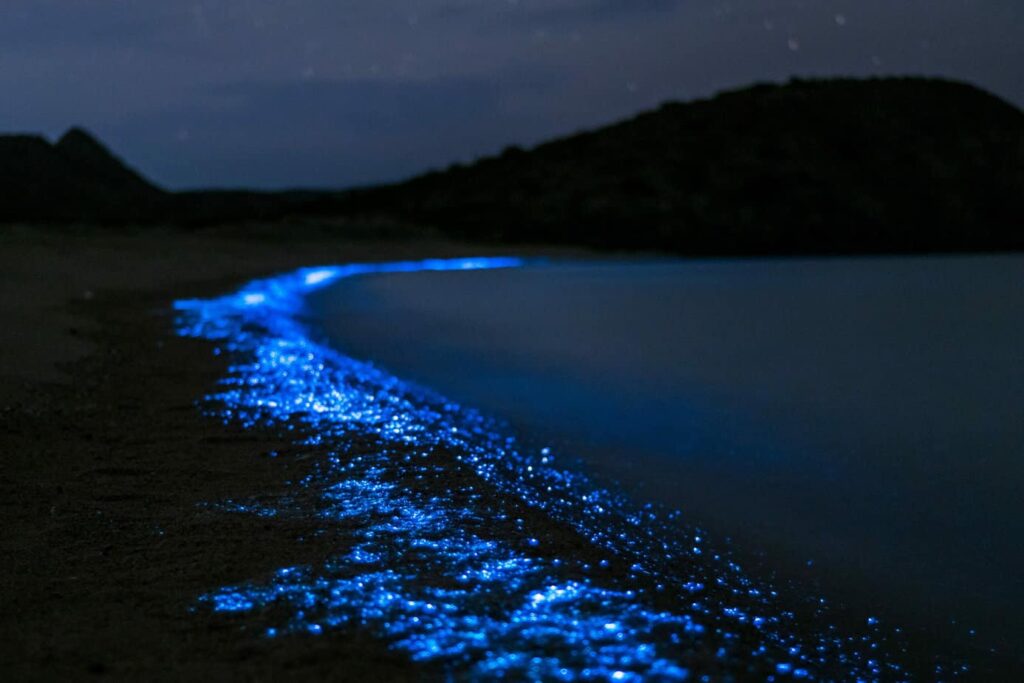
Experiencing this natural light show is a reminder of the wonders of the natural world and the importance of preserving delicate marine habitats that support such unique phenomena. For anyone looking to witness the ethereal beauty of the Sea of Stars, visits during peak bioluminescent seasons, typically in warmer months, are recommended.
For more insights into stunning natural phenomena and tips on the best times to visit such incredible sights, be sure to check out Secret World. If you’re planning your next adventure and need guidance, explore our detailed travel guides on our app here.

